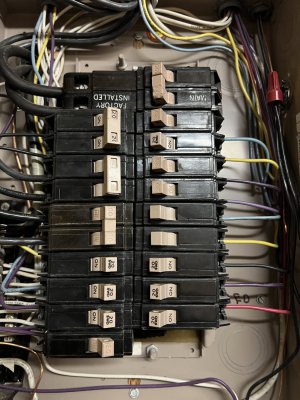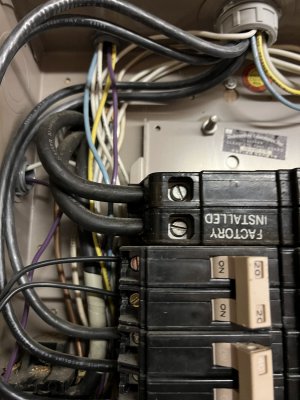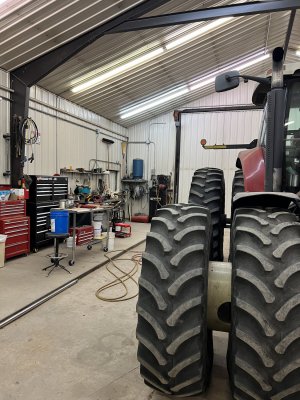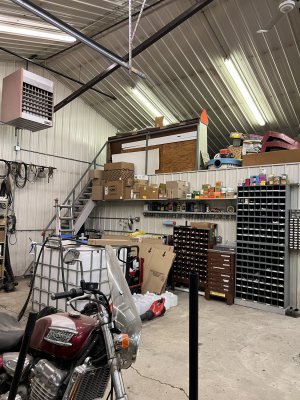Yeah I have been avoiding it because after the underground was run years ago the previous owner poured concrete and set up bins over it. Now it is going to be a major undertaking to go a roundabout way to access shop. This would require a significant amount of $$$. With current farm economy will nix getting machine tools for a spell:-(.
-
Welcome back Guest! Did you know you can mentor other members here at H-M? If not, please check out our Relaunch of Hobby Machinist Mentoring Program!
What would you get?
- Thread starter north1
- Start date










